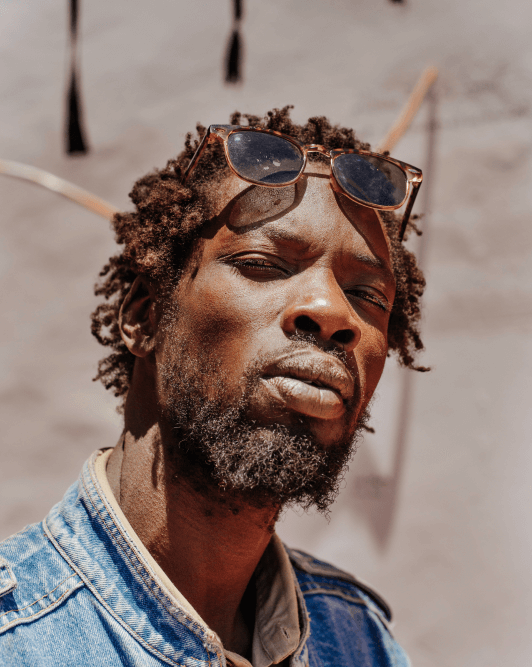Mad Zoo
Wall Visions
The tiny apartment of Serigne Mansour Fall, aka Mad Zoo, is crammed with tightly stacked spray cans, hi-top sneakers and books. The walls are covered with art and photographs including a portrait of the artist’s young son, icons such as Angela Davis and Tupac, and Cheik Ibrahim Inyass. Mad Zoo’, “graffeur”, digital artist and painter, finds inspiration in sufism, history and hip hop.







